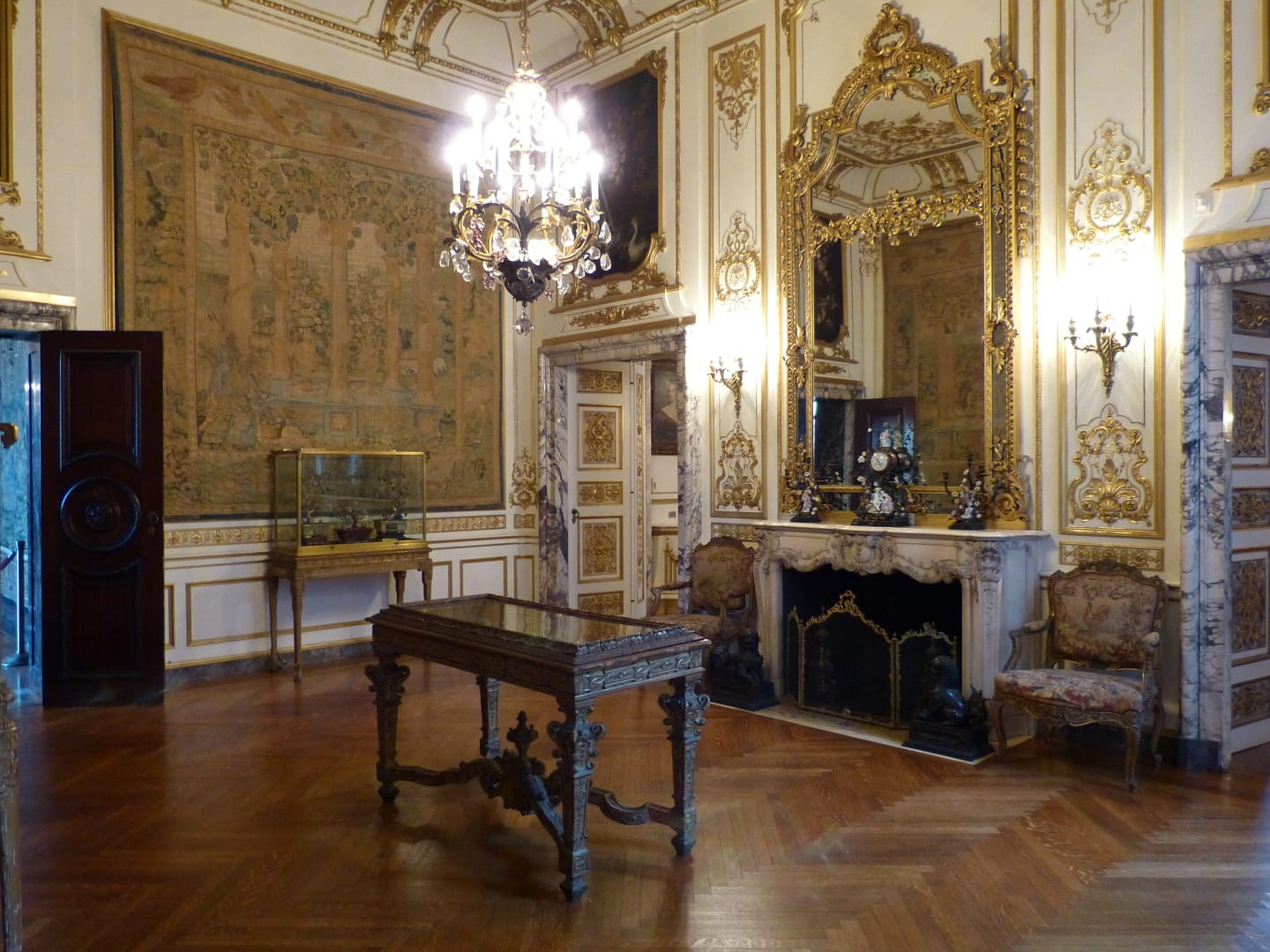Today, I want to discuss historic wood floors. The wood floors that we encounter in our work are often heart pine, sometimes oak or chestnut. Let’s say they were laid in the early 1800s, which means it would have been cut from mature trees. These trees could have started growing in the 1500s! They are an irreplaceable part of our built environment; we must preserve them. Preservation is inherently green; preserving existing building materials is both environmentally and financially beneficial.
Today, the standard of floor finishing is polyurethane. This is a petroleum by-product, which is a fairly easy to apply coating. The major issue with polyurethane is that it does not bond to itself after about 30 days of curing. This is why the standard procedure is to re-sand the entire floor, and re-coat.
Wood flooring can be sanded a limited number of times. When sanding, thickness is being removed from the floor, as much as 1/8″. Once the tongue and groove joint is exposed, the floor will then need to be replaced. We encounter this condition all the time.
The proper way to care for historic flooring is to never use polyurethane. We use tung oil. Specifically, Sutherland Welles. These natural and traditional oils come from the Chinese tung tree. The beauty of this oil is different, too. It penetrates differently than does polyurethane, and gives the wood a deeper warmth, and less of a ‘plastic’ look. It is a joy to use, and in the future, the procedure is to clean and re-coat. Re-sanding is not necessary.
In future blog posts, I will write up the step by step procedure which we use for most of the historic floors that we encounter.
DL
Pictures of gilded age oak floors we refinished in the Society of Cincinnati Anderson House, Washington DC


Pictures of late 1700’s – early 1800’s heart pine floors which we refinished.


Our Statement of Quality
If you select Vintage Building, you’ll get craftsmen unmatched for the superior result we are able to provide.
Meticulous and steadfast, we are unwavering in quality.
Our Specialties
Class A General Contractor
Historic Restoration
Historic Preservation
New Construction
Home Renovation
Millwork-Custom & Replica
Custom Cabinetry
Get in Touch
600 North Loudoun St.
Winchester, VA 22601
540-545-8880

Recent Comments